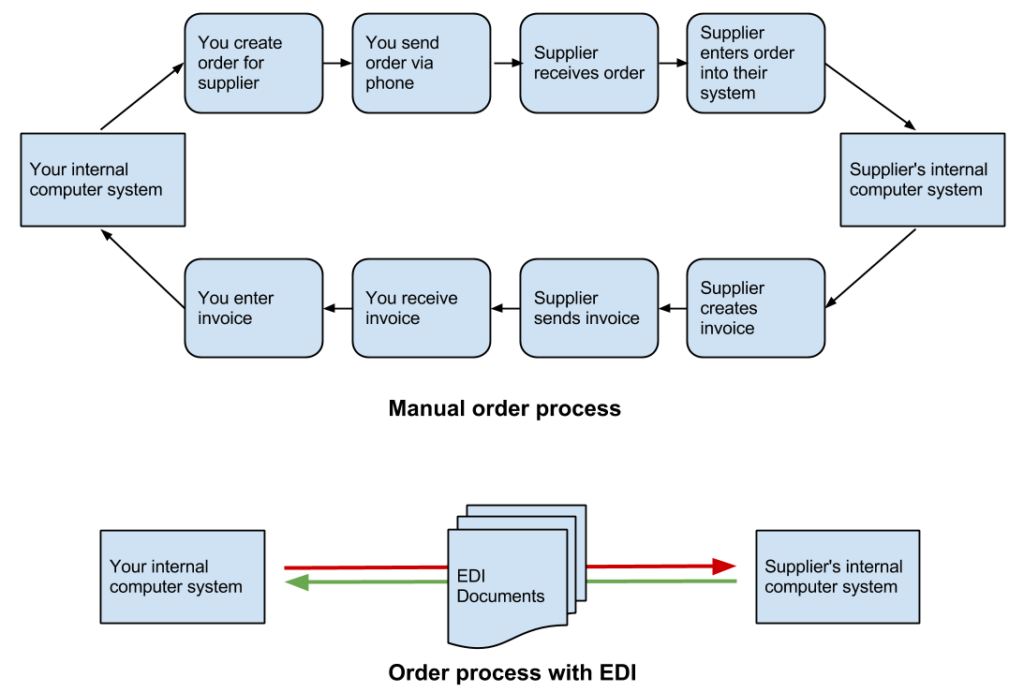7.7: Using Information Systems for Competitive Advantage
- Page ID
- 84162
Using Information Systems for Competitive Advantage
Having learned about Porter’s Five Forces and their impact on a firm’s ability to generate a competitive advantage, it is time to look at some examples of competitive advantage. A strategic information system is designed specifically to implement an organizational strategy meant to provide a competitive advantage. These types of information systems began popping up in the 1980s, as noted in a paper by Charles Wiseman entitled “Creating Competitive Weapons From Information Systems.”[6]
A strategic information system attempts to do one or more of the following:
- Deliver a product or a service at a lower cost;
- Deliver a product or service that is differentiated;
- Help an organization focus on a specific market segment;
- Enable innovation.
Here are some examples of information systems that fall into this category.
Business Process Management Systems
In their book, IT Doesn’t Matter – Business Processes Do, Howard Smith and Peter Fingar argue that it is the integration of information systems with business processes that leads to competitive advantage. The authors state that Carr’s article is dangerous because it gave CEOs and IT managers approval to start cutting their technology budgets, putting their companies in peril. True competitive advantage can be found with information systems that support business processes. Chapter 8 focuses on the use of business processes for competitive advantage.
Electronic Data Interchange
Electronic Data Interchange (EDI) provides a competitive advantage through integrating the supply chain electronically. EDI can be thought of as the computer-to-computer exchange of business documents in a standard electronic format between business partners. By integrating suppliers and distributors via EDI, a company can vastly reduce the resources required to manage the relevant information. Instead of manually ordering supplies, the company can simply place an order via the computer and the products are ordered.



